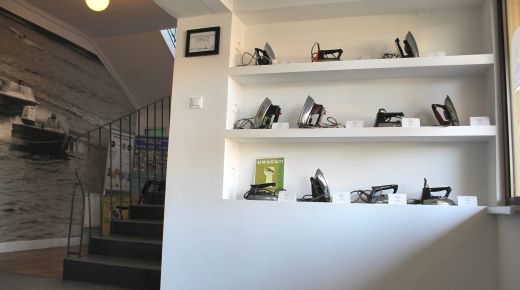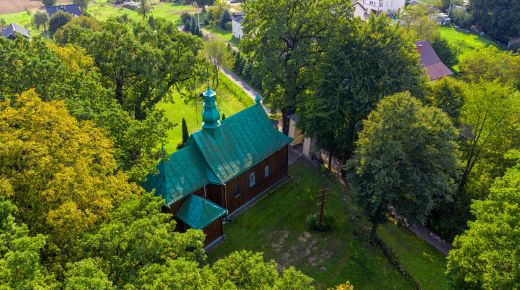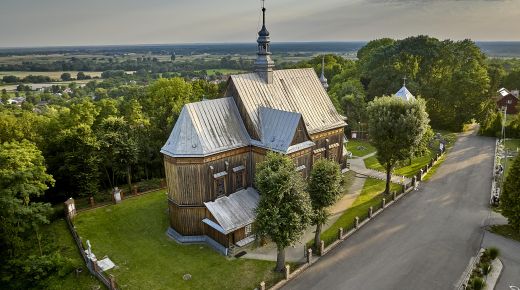The history of the palace in Sieniawa is linked with two renowned aristocratic families, the Sieniawski and the Czartoryski
Pałac Czartoryskich w Sieniawie
Tadeusza Kościuski 32
37-530 Sieniawa
phone: 733 270 680
e-mail: kontakt@palacsieniawa.com
The residence of the former family was erected in the second half of the 17th century, and surrounded with earthen fortifications. Later alteration works were carried out by Italian artists working for Elżbieta and Adam Sieniawski. In 1731 the palace was acquired by the Czartoryski family, becoming one of the many residences owned by them. In 1763 the palace was remodelled in a classicist style and after the fall of the November Uprising and confiscation of their large Puławy estate, the palace became the main residence of the Czartoryski family.
The building gained Neo-Baroque features during a reconstruction carried out by Bolesław Podczaszyński in 1881-1883. In the times of the Czartoryski family the palace was a cultural and intellectual centre of south-eastern Poland. Sieniawa attracted numerous artists, e.g. Juliusz Kossak, who created a painting entitled Palace in Sieniawa. The place hosted large parties, meetings of scholars and men of letters, as well as theatre performances. Regrettably, the palace was ravaged during the First World War and fell into ruin, but was rebuilt in the second half of the 20th century.
An Italian garden had already existed there at the time of the fortified residence of the Sieniawski family. A geometric garden dating from the 18th century has been preserved at the front. In the early 19th century the gardens were significantly redesigned and transformed.
The palace now houses a hotel.
more at the website of the Carpathian Trail of historical houses and gardens
Places worth seeing in Sieniawa:
-
Parish church of St. John the Baptist
-
Dominican monastery from ca. 1754
-
Remnants of urban fortifications from ca. 1664– 1680 (curtain wall, bastions, earthen walls, moats)
-
Old inn from the late 19th century
-
Chemist’s shop at Poniatowskiego St. from ca. 1880
-
Jewish cemetery
Photo: Sieniawa Palace



